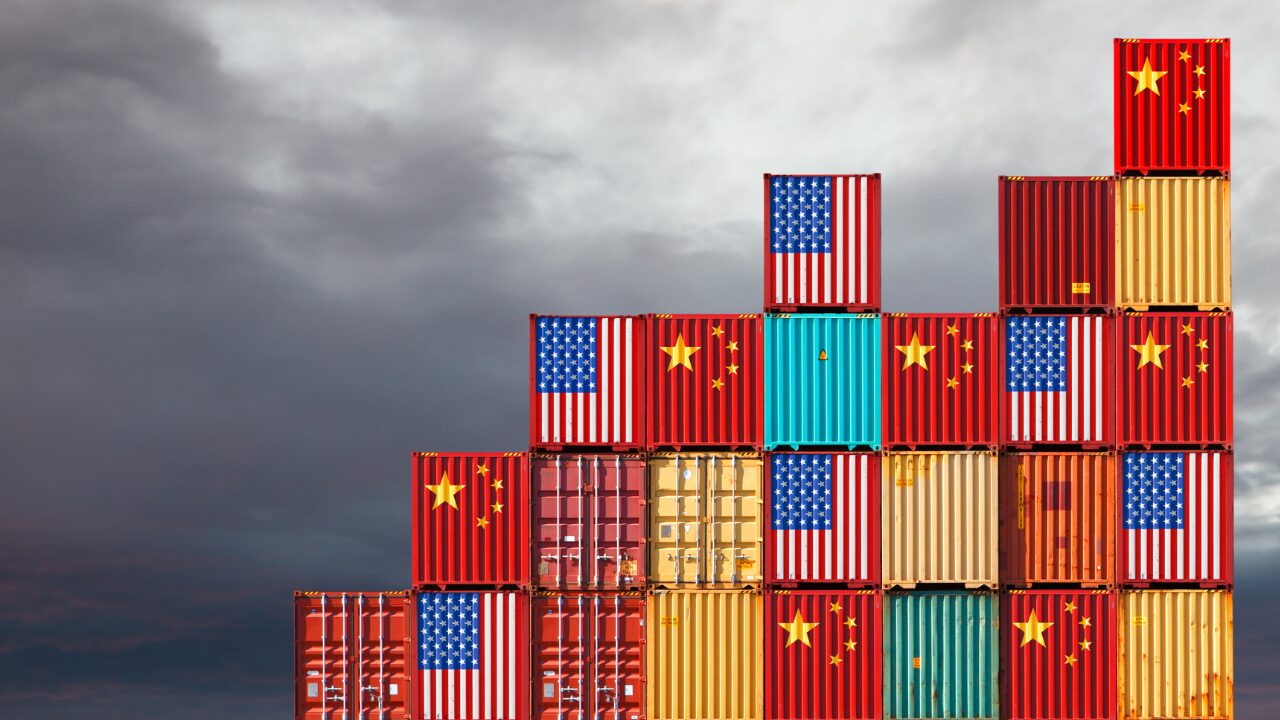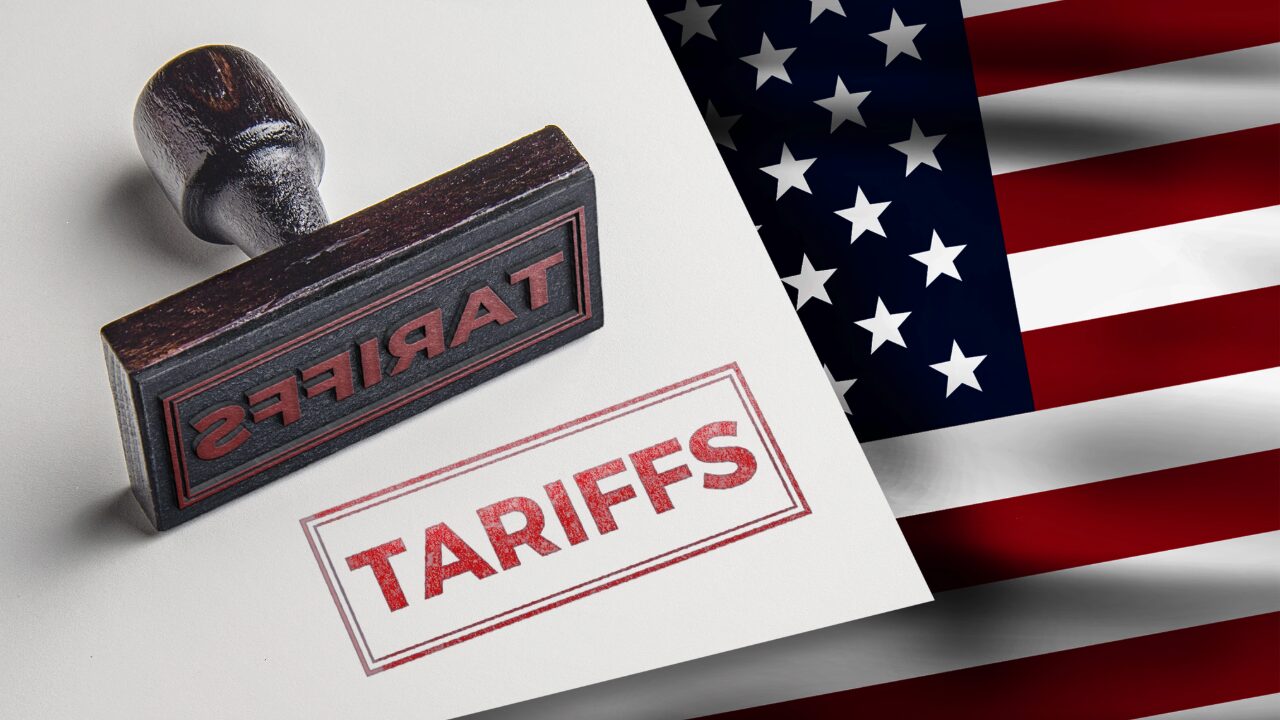U.S.-China Trade Deal and Steel, Aluminum Tariff Hikes
In June 2025, the United States significantly escalated its trade policy by doubling tariffs on imported steel and aluminum products—from 25% to 50%—citing national security concerns under Section 232 of the Trade Expansion Act.
Announced by President Trump, the move is part of a broader strategy to strengthen domestic manufacturing and reduce reliance on foreign metals, particularly from China. The tariffs apply to all countries except the United Kingdom, which negotiated a temporary exemption at the 25% rate while a broader trade agreement is finalized.
The measures also apply to derivative products containing steel and aluminum, further widening the policy’s reach.
Impact on Trade and Industry
The tariff hikes are expected to add roughly $50 billion in costs to importers, effectively doubling the economic impact of the earlier 25% tariffs. Early effects include:
- Rising domestic prices: U.S. steel prices rose 77% and aluminum prices climbed 139% compared to European benchmarks between February and May 2025.
- Increased domestic investment: Companies such as Emirates Global Aluminum, Hyundai Steel, and Posco have announced new U.S.-based production facilities.
- Shifting supply chains: U.S. manufacturers are beginning to increase use of domestic metals or seek alternative packaging materials.
While the short-term effect may be higher costs for manufacturers and consumers, the long-term goal is to revitalize U.S. industrial capacity and reduce strategic vulnerabilities.
Positive U.S. Economic Indicators Amid Trade Shifts
Despite concerns over inflation, the U.S. economy is showing strength across several key indicators:
- GDP growth: The U.S. economy grew at an annualized rate of 3.1% in the first quarter of 2025, driven by strong consumer spending and industrial output.
- Unemployment: The jobless rate remains low at 3.6%, reflecting continued job creation and a tight labor market.
- Manufacturing resurgence: Manufacturing output has increased 4.2% year over year, fueled by reshoring and federal infrastructure investments.
- Stock market confidence: Major indices, including the S&P 500 and Dow Jones, have reached record highs, signaling investor confidence.
Strategic Implications
At ABMA, we encourage members to remain patient as new federal trade policies evolve. The full impact of these agreements on the volatility of building material costs will take time to unfold.
These tariff increases reflect a broader shift toward economic nationalism and industrial self-reliance. While critics raise concerns over inflation and strained global trade relations, the strategy aims to secure critical supply chains and promote domestic growth.
As negotiations with China and other global partners continue, the success of this approach will depend on achieving a careful balance between protectionist policies and long-term competitiveness.




